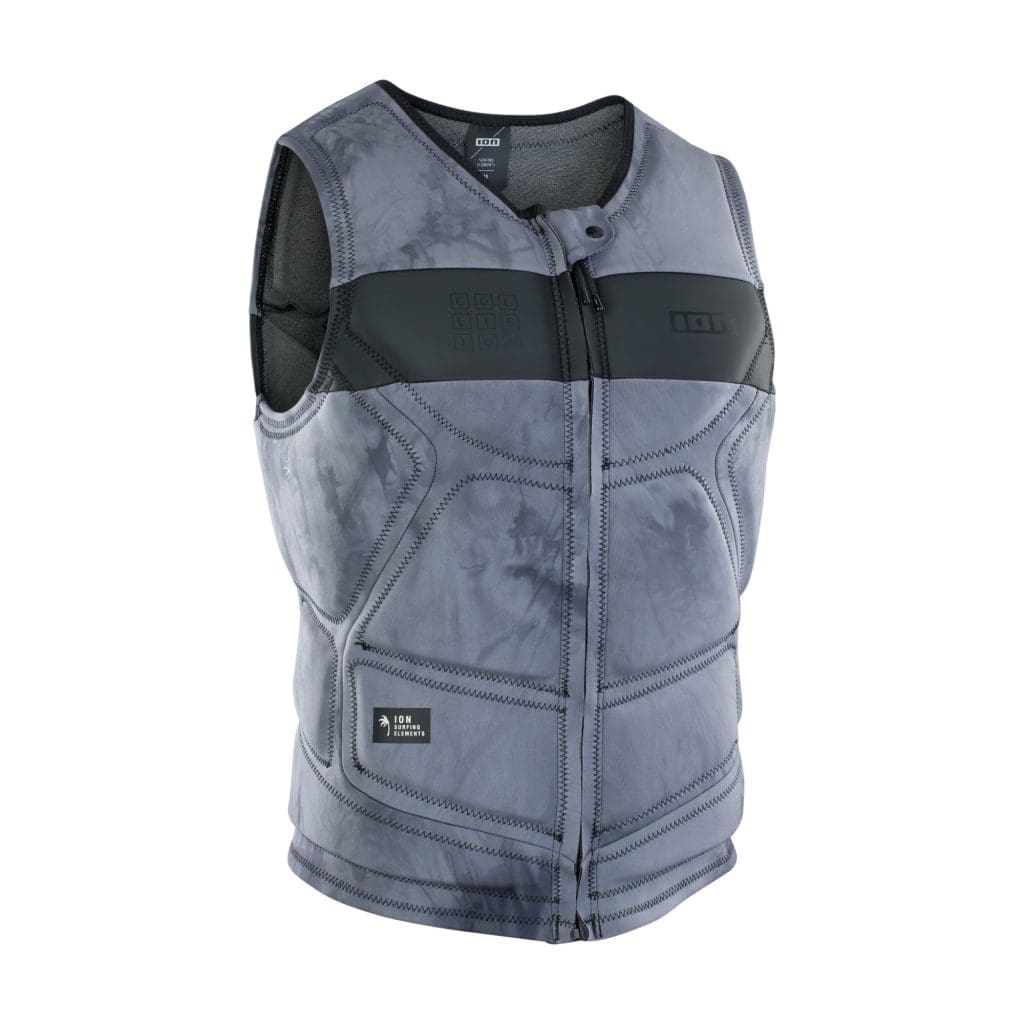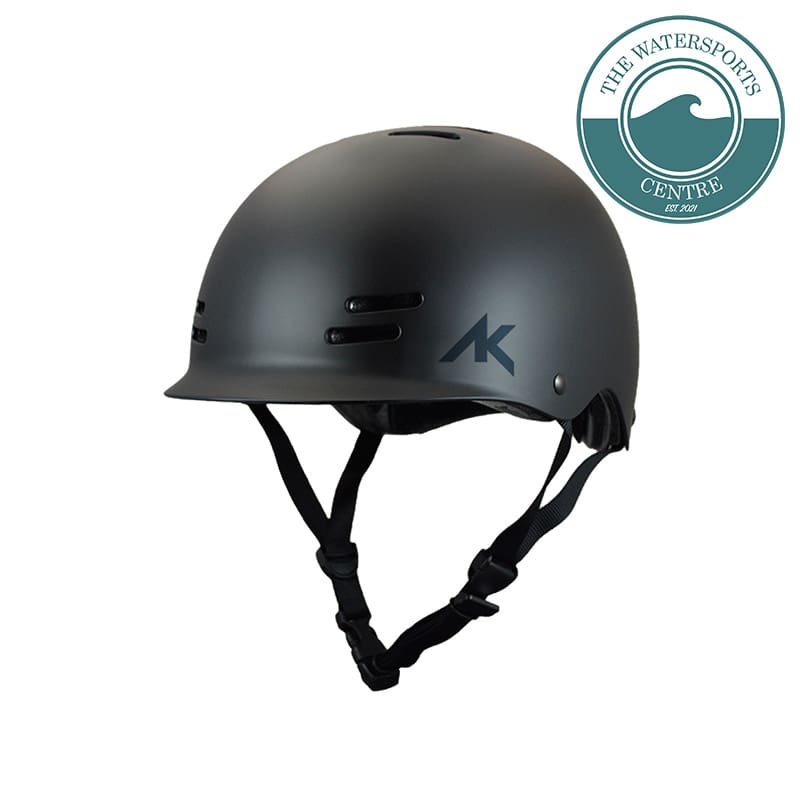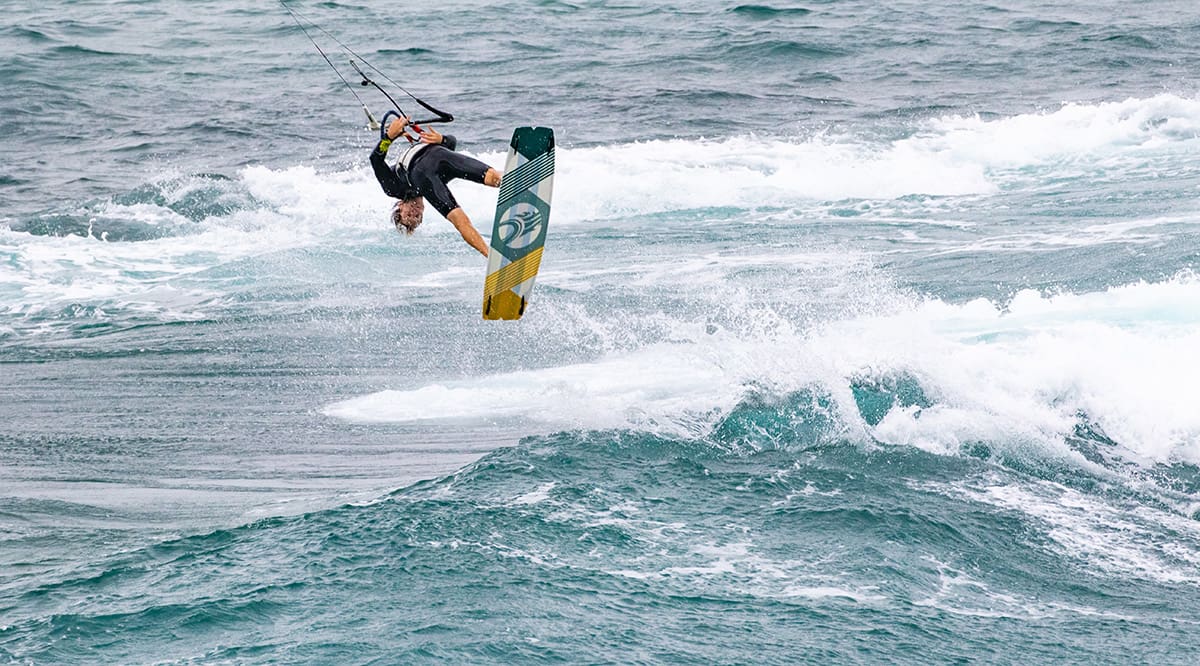A Guide To Impact Vests, Helmets & Staying Safe In Watersports [Updated 2023]
Safety In Watersports – The Importance of Impact Vests & Helmets
Many enthusiasts of extreme watersports will perhaps believe that their years of experience renders them almost invulnerable when out on the water in terms of wearing impact vests or helmets. However, when you’re competing against yourself and really pushing the limits to improve your skill set – there’s a good to fair chance of you putting your body in some pretty dangerous situations.
So, how can we be certain that we’re doing everything that we possibly can to prevent any serious injuries when partaking in any number of fresh and sea watersports?
Well, as you’re progressing in whichever your chosen water sport or sports, there are two vital pieces of safety equipment designed with the aim of providing that much needed protection to vital parts of your body in the unfortunate situation that you find yourself in trouble.
These two pieces of equipment are the lifesaving impact vests and helmets, there to protect the most vital areas of the body in the event that you wipeout and collide with the water, terrain, your board or other riders.
In this article, we’re going to take a detailed look at these two pieces of safety equipment and reinforce just how important they are when it comes to keeping you safe out on the water!
What Is An Impact Vest & How Does It Help?

An impact vest is something which partly resembles a lifejacket, although don’t be mistaken, these vests will not offer a sufficient level of buoyancy alone in order to keep you afloat.
Impact vests are designed to absorb the shock of colliding with water at high speed and offer protection that shields your torso from serious injury and bruising. The majority of our body’s vital organs are located in the chest and the torso. As such, Impact vests are crucial to ensuring that we are keeping these areas of the body as protected as possible whenever we’re out on the water.
Adrenaline watersports such as kitesurfing or wing foiling are most associated with the need for impact vests, as these are the watersports which will be most likely to involve a high speed impact with the water. However, whichever watersport you are taking part in, using an impact vest can certainly offer some much needed additional protection to your body.
How To Select The Right Impact Vests?
As with safety equipment in sports (land or water based) you need to make sure you take the right factors into consideration before you purchase it. Getting these decisions wrong could compromise your level of protection, or worse, actually put you in greater danger!
Ensure Your Impact Vest Fits With Your Other Equipment
When you’re undertaking a number of different watersports, you may well be wearing other equipment such as a harness in kitesurfing for example. It’s key here that you ensure you select an impact vest that will not interfere with this and compromise your safety in any way.
Be Comfortable & Mobile In Impact Vests
One of the main reasons espoused by riders for not using impact vests is that they feel the vests restrict their movement and make them less mobile. This is why it’s key that you try on a range of sizes and styles before purchasing your impact vest, allowing you to find one with the most flexibility.
Finding The Right Balance Of Weight
Many watersports are very much reliant on balance and weight in order to succeed. This means that you should also take into consideration the weight of your impact vest. Many water sports retailers will likely have both lightweight and regular options for you to choose from.
Helmets For Watersports & How They Help

It’s not uncommon for some people to think that due to being out on open water, a helmet may be rendered obsolete. Whilst, yes, water offers a much softer landing than say concrete – it doesn’t mean that a helmet cannot be of serious benefits to those partaking in water based activities.
On land it is no secret that a helmet can literally be the difference between life and death should you have a serious collision. A helmet will absorb the impact of any collision and on the whole have been found to reduce the risks of serious head injuries by up to 70%!
Many different water sports will be practised just away from the shore of beaches throughout the UK. With this comes the risks of straying towards cliffs and rock formations, all of which will certainly not offer the soft landing associated with water. Using a helmet will seriously protect you in the very unfortunate situation that you have an impact against rocks or cliffs whilst out on the water.
How To Select The Right Helmet For Water Sports
Just like with selecting the right impact vest, ensuring that you take certain factors into consideration before purchasing a helmet will be what keeps you as safe as possible.
Ensuring You Purchase The Right Size
A loosely fitting helmet will certainly not offer a sufficient level of protection and could even injure you further in the event of a collision. Likewise, a helmet which is too tight will certainly cause you pain and discomfort. Before purchasing your helmet take a soft tape measure and measure the circumference of your head – this will then give you the needed information for which size helmet you’re going to need.
Helmet Certification
Not all helmets available for retail will be certified. Make sure you purchase your helmets from a recognised retailer and that their helmets have passed rigorous safety tests to achieve certification.
A Few Quick Tips For Staying Safe When Practising Watersports

Equipment, especially impact vests and helmets are going to be some of the best things you can use to keep safe., But here are a few other quick safety tips for you to follow when you’re out on the water.
Naturally, you should be sure to wear a life jacket at all times. You may think you’re a confident swimmer, but high speed wipeouts could leave you unable to swim strongly enough or disorientate you – thus a life jacket is going to be the best way to stay buoyant if you do find yourself in the water.
Another best practice is to check over your equipment fully before you take to the water. This includes any boards, bars, kites, wings or straps that you’re going to need for your activity. It’s not just a case of your safety equipment being in top shape but all of your gear as a whole.
Perform a beach inspection on arrival. If you’re practising water sports just off the coast of a local beach, then be sure to inspect the beach and areas of the coastline for potential hazards and danger zones before you get put there and begin enjoying yourself. This will give you a good idea of where to avoid and what to watch out for.






